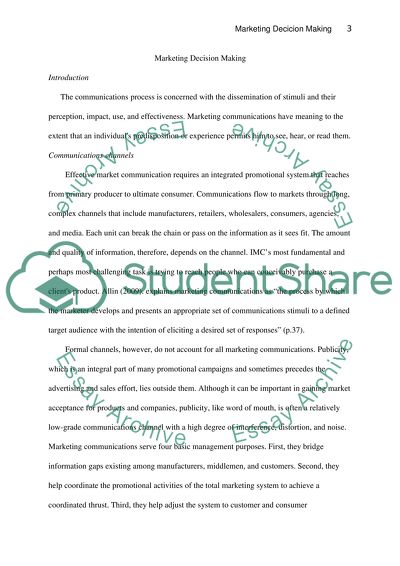Cite this document
(“Marketing Decicion Making Essay Example | Topics and Well Written Essays - 2000 words”, n.d.)
Marketing Decicion Making Essay Example | Topics and Well Written Essays - 2000 words. Retrieved from https://studentshare.org/miscellaneous/1532942-marketing-decicion-making
Marketing Decicion Making Essay Example | Topics and Well Written Essays - 2000 words. Retrieved from https://studentshare.org/miscellaneous/1532942-marketing-decicion-making
(Marketing Decicion Making Essay Example | Topics and Well Written Essays - 2000 Words)
Marketing Decicion Making Essay Example | Topics and Well Written Essays - 2000 Words. https://studentshare.org/miscellaneous/1532942-marketing-decicion-making.
Marketing Decicion Making Essay Example | Topics and Well Written Essays - 2000 Words. https://studentshare.org/miscellaneous/1532942-marketing-decicion-making.
“Marketing Decicion Making Essay Example | Topics and Well Written Essays - 2000 Words”, n.d. https://studentshare.org/miscellaneous/1532942-marketing-decicion-making.


